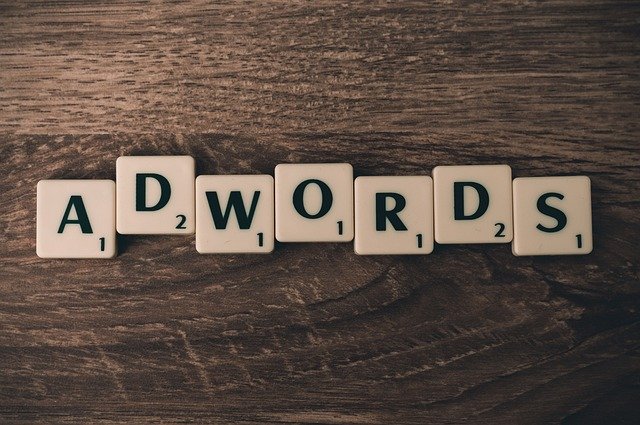Rights and Licensing: Practical Steps for Digital Content Distribution
This article outlines practical steps for creators and small teams to manage rights, licensing, and distribution of digital content across streaming platforms and podcasts. It covers how to prepare metadata, monitor royalties, boost discoverability, and select platforms for playlists and promotion.

Digital content distribution requires clear rights management and practical licensing steps so creators retain control while reaching audiences across streaming platforms and podcast directories. This article explains how to prepare your work for distribution, what licensing considerations to address, and how metadata, curation, and analytics support discoverability and revenue over time. Practical tactics help balance legal protections with audience engagement and long-term sustainability.
How do creators manage licensing?
Creators should start by identifying who owns which rights: composition, sound recording, visual elements, and performance. Clear written agreements with collaborators, session musicians, or co-writers reduce disputes later. Consider whether you will grant exclusive or non-exclusive licenses, and set territory, duration, and permitted uses. For sample-based work or adaptations, secure clearance before release. Retain records of contracts and registration numbers where applicable. Thoughtful licensing preserves future revenue opportunities and makes it easier to grant sync or distribution deals when needed.
What are streaming and distribution basics?
Distribution means delivering content to platforms that stream or host it; this often involves an aggregator or distributor for music, podcasts, and video. Aggregators handle ingestion, encoding, and distribution to playlists, podcast directories, and streaming catalogs. Understand each platform’s content requirements for file formats, artwork dimensions, and release windows. Be aware of platform-specific rules for explicit content, metadata fields, and release embargoes. The right distribution route depends on your goals for reach, control, and revenue split with intermediaries.
How are royalties tracked and paid?
Royalties arise from streaming, downloads, broadcasts, and public performances. Different royalty streams include mechanical, performance, and neighboring rights, depending on content type and territory. Use rights societies, performance rights organizations, and mechanical collection agencies to register works so plays are tracked and payments are collected. Aggregators and DSPs report plays and generate statements; regular reconciliation between reports and your own analytics can identify missed income. Keep accurate metadata and ISRC/ISWC codes to ensure plays are correctly attributed to you.
How to improve discoverability and metadata?
Metadata is the backbone of discoverability: accurate titles, contributor credits, genre labels, track descriptions, and timestamps for podcasts all help platforms index content correctly. Include language and region tags when relevant, and fill optional fields such as mood or instrumentation if supported. Thoughtful metadata supports playlist curation, search ranking, and algorithmic recommendations. Regularly update descriptions and keywords for evergreen content and use analytics to test which metadata changes improve audience acquisition.
How to grow audience, engagement, and promotion?
Promotion blends organic community building with platform tools. Cross-promote episodes or releases on social channels, newsletters, and partner playlists to increase initial traction. Use clips, show notes, or bonus content to deepen engagement and encourage shares. Collaborate with curators and other creators to reach adjacent audiences. Track engagement metrics—listeners per episode, completion rates, saves, follows—and adjust promotion timing and messaging accordingly. Curation, whether creating playlists or themed podcast series, helps maintain listener interest and improves retention.
| Provider Name | Services Offered | Key Features/Benefits |
|---|---|---|
| Spotify | Music and podcasts distribution through DSP; playlisting and audience metrics | Wide reach for streaming, editorial and algorithmic playlists, integrated podcast hosting features via partners |
| Apple Podcasts / Apple Music | Podcast directory and music streaming with podcast analytics | Large listener base for podcasts, family of apps for discoverability, strong editorial placements |
| YouTube | Video hosting and streaming, music content presence | Visual discovery, monetization via ads and memberships, strong search-driven discovery |
| Bandcamp | Direct-to-fan music sales and streaming | Enables direct sales, artist-friendly revenue shares, merchandise and fan engagement tools |
Prices, rates, or cost estimates mentioned in this article are based on the latest available information but may change over time. Independent research is advised before making financial decisions.
Which licensing and platform choices affect revenue?
Choices about licensing type (exclusive vs non-exclusive), distribution partners, and platform focus directly influence revenue and long-term rights. Exclusive deals can provide upfront income or marketing support but may restrict future options. Non-exclusive distribution keeps flexibility but can dilute promotional effort. Consider platform analytics and audience behavior when prioritizing releases: some platforms drive discovery and playlists, others support direct sales or subscriptions. Track revenue splits and payout schedules to understand cash flow and evaluate recurring versus one-time income sources.
Conclusion
Establishing clear rights, careful licensing, and consistent metadata practices are essential practical steps for effective digital content distribution. Pairing legal clarity with thoughtful platform selection, creator-driven promotion, and ongoing analytics helps creators balance discoverability, audience engagement, and revenue. Regularly review agreements and platform performance data to adapt your distribution approach as audience habits and technology evolve.





